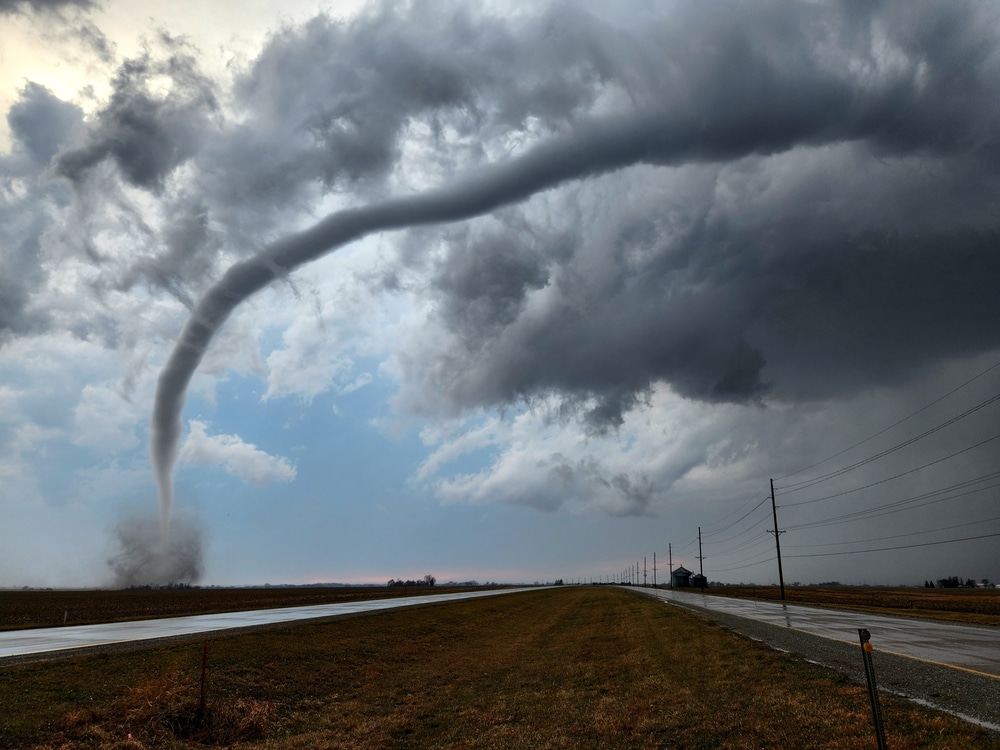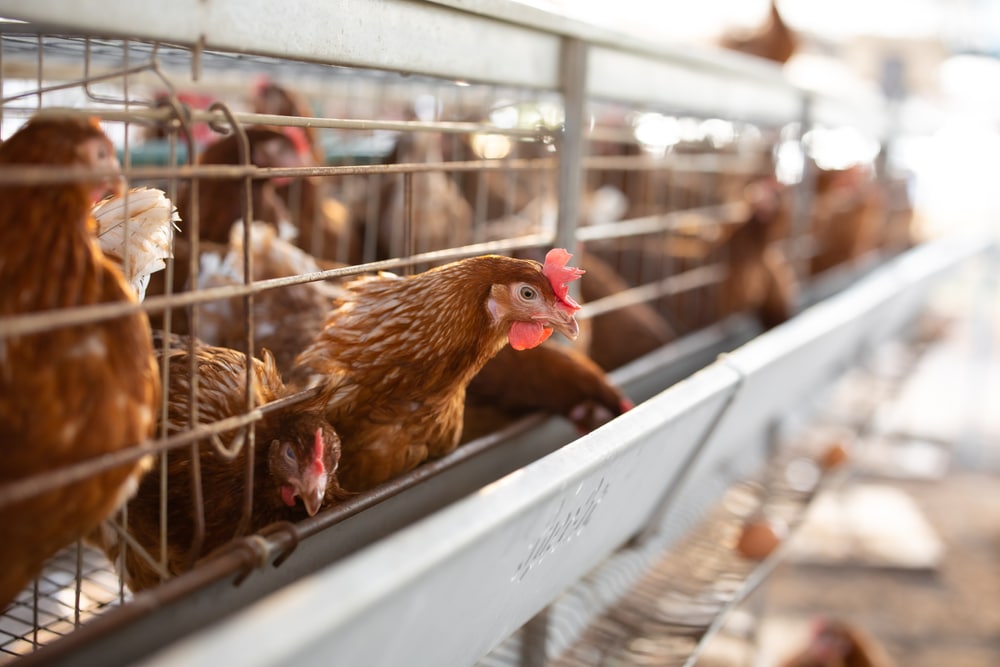U.S. inflation was stronger than expected last month, introducing greater uncertainty over whether and when the Federal Reserve will lower interest rates.
The Labor Department on Tuesday reported that its index of consumer prices rose 3.2% in February from a year earlier. Economists polled by The Wall Street Journal had expected 3.1%.
Prices rose 0.4% from the previous month. That was in line with economists’ expectations.
Core prices, which exclude food and energy items in an effort to better track inflation’s underlying trend, rose 0.4% from January—more than the 0.3% economists expected.
Core prices were up 3.8% from a year earlier, and while that marked the smallest increase since 2021, the report dashed hopes that stronger-than-expected inflation in January was a mere blip.
Stock futures ticked slightly higher after the report. Federal Reserve officials are balancing two sometimes-competing goals: trying to ensure that inflation continues to fall, while also trying to keep the job market from buckling under the weight of high interest rates.
The Fed’s 2% inflation target is based on a separate price index from the Commerce Department. That index, known as the personal-consumption expenditures price index, or PCE, tends to run cooler than the Labor Department’s consumer-price index.
But the Commerce Department uses many of the consumer prices collected by the Labor Department in constructing PCE. That measure rose faster in January from December than the Fed would have liked, and was up 2.4% from a year earlier.
The Commerce Department’s next inflation reading is set for release on March 29. A rate cut at the Fed policymakers’ meeting next week still looks to be off the table, with interest-rate futures implying that investors see next to no chance of one.
Fed Chair Jerome Powell last week told lawmakers the central bank was “not far” from being able to cut interest rates. But Fed officials will probably want a bit more evidence that their preferred measure of inflation is moving toward their target.
The goldilocks jobs market—employers continue to hire, but wage growth is slowing—also gives Fed officials some leeway for patience.


















